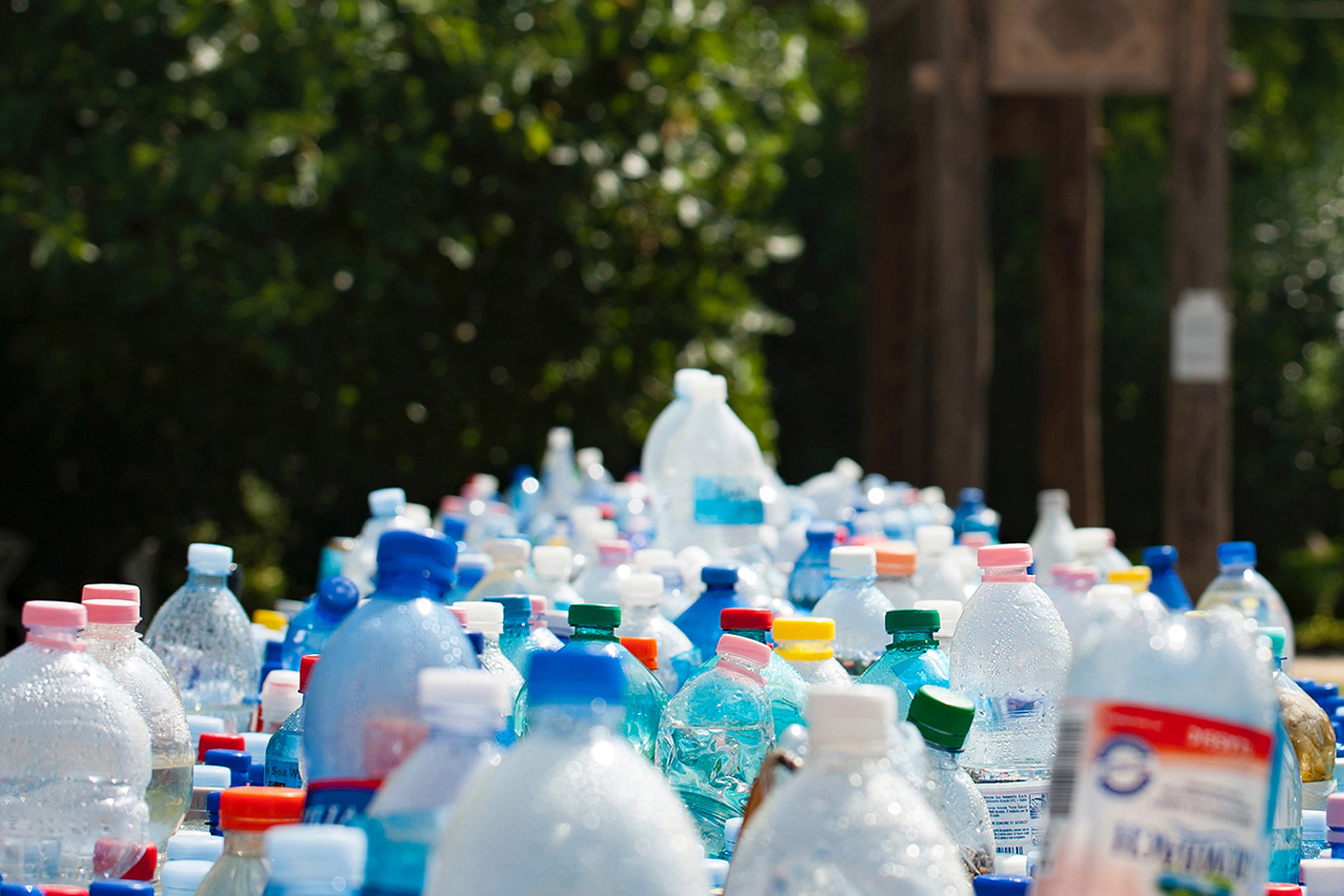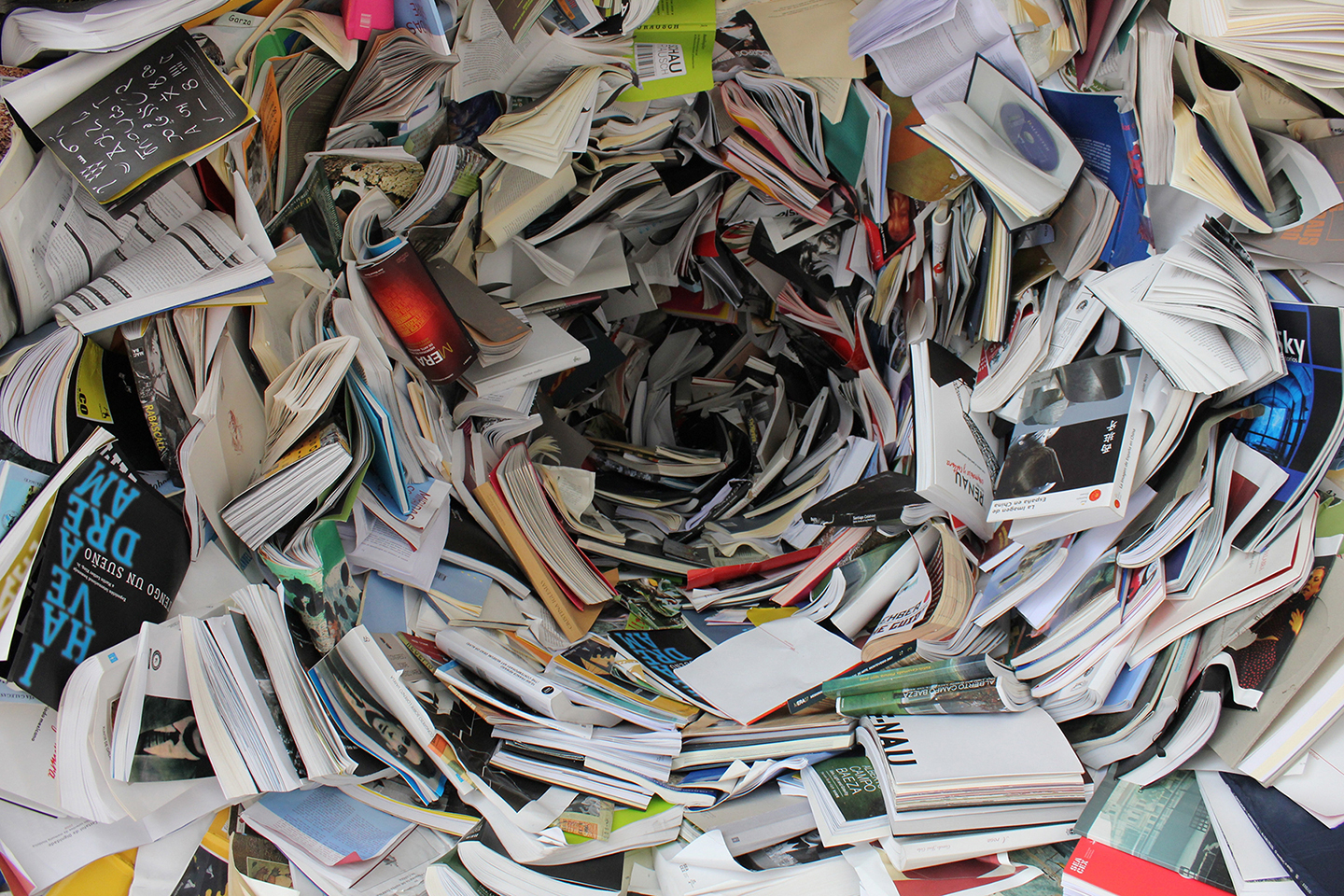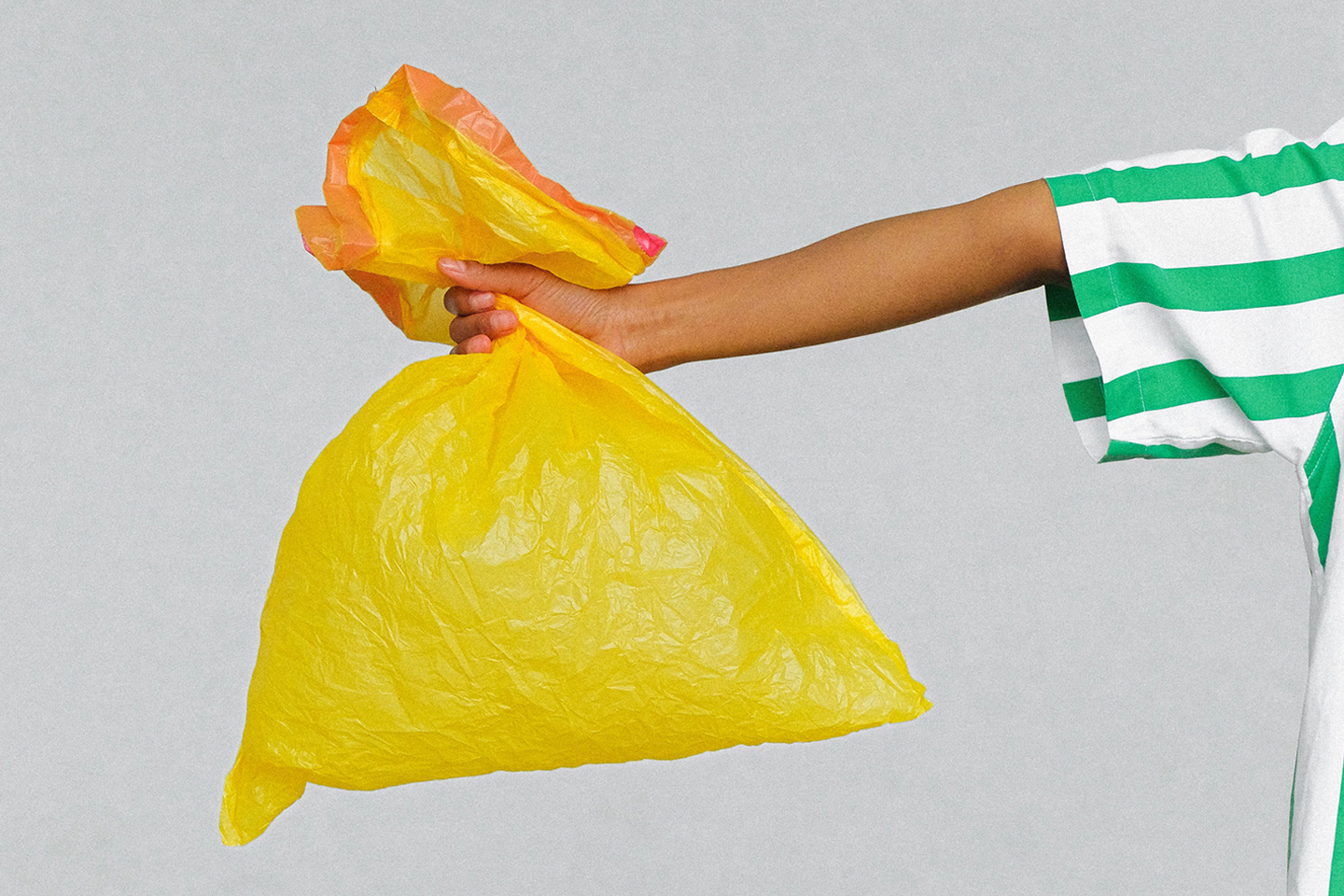Red Hot Clothing BinsDonate gently used clothing, footwear, belts, handbags, hats, linens, towels and curtains right on campus in a red hot clothing bin (map below)
ABOUT STONY BROOK UNIVERSITY'S RECYCLING AND RESOURCE MANAGEMENT (R&RM) SERVICES
History: SBU began its recycling program in 1987 in response to the New York State Solid
Waste Management Act of 1988 aimed at reducing the amount of waste produced on Long
Island. Initially focused on collecting paper and cardboard, the program has expanded
over the years to include many more materials and products in an effort to reduce
our carbon footprint and mitigate the impact on our natural environment.
Today’s Services: R&RM provides a variety of services to the University community including weekly
collection of recyclable materials from all the residence halls and academic buildings
on campus, office cleaning recycling pickups, and the recycling of materials such
as woody debris and asphalt, brick, and concrete. R&RM also manages the collection
of solid waste from University dumpsters, compactors and other containers.
Guiding Principles: Stony Brook University has made considerable strides to increase recycling on campus,
and through adoption and implementation of the ‘Four R’s’, we can engage our Seawolf
community to continue reducing our impact on the Stony Brook natural environment.
Reduce: Initially using less conserves valuable resources.
Reuse: Purchase durable products that will last. Find new uses for items. Give an item
a second life rather than throwing it away.
Recycle: Keep materials in circulation and help reduce the depletion of non-renewable resources.
Rethink: Consider how your actions impact the environment. Be a conscious and sustainability-minded
consumer.



